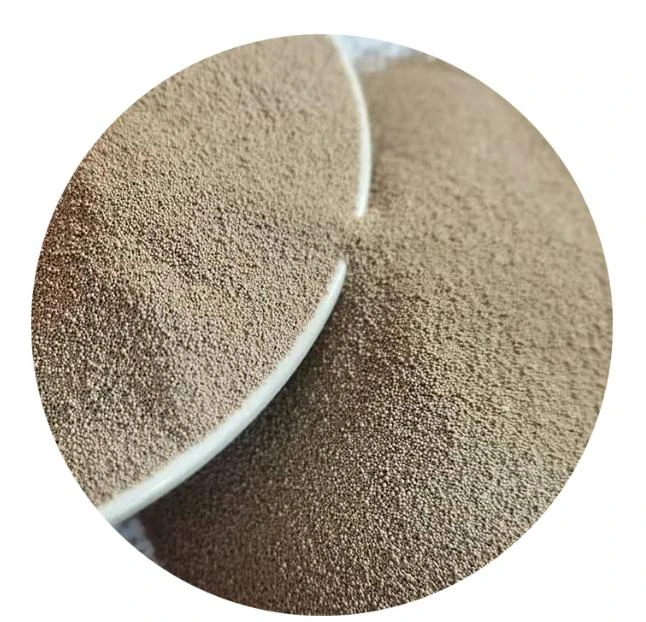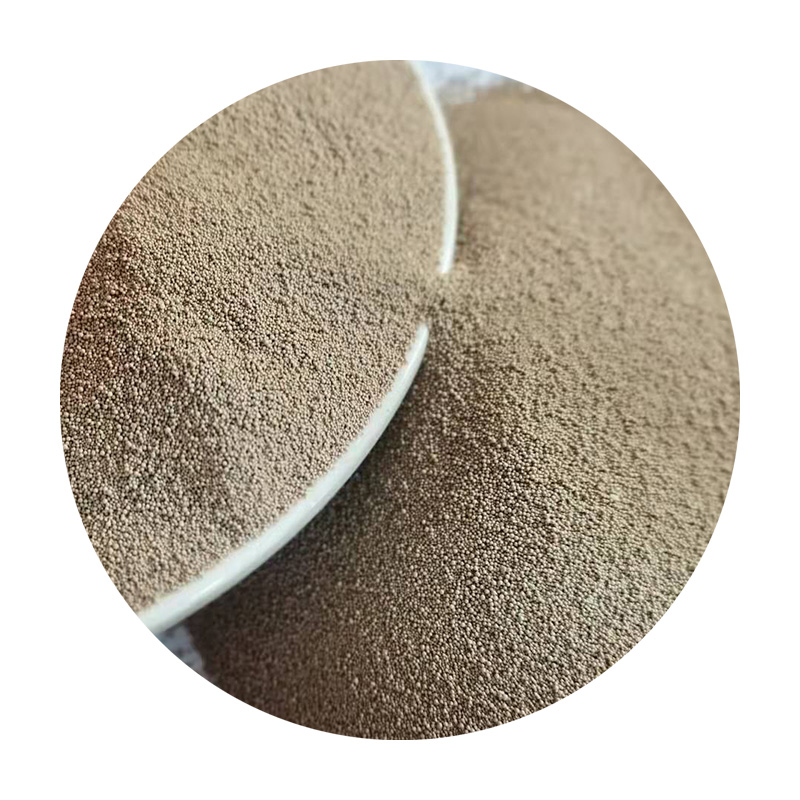

Pouring the molten metal into the sand mold requires precision and experience. The metal must flow smoothly into all cavities of the mold to avoid air pockets and inclusions, which could compromise the integrity of the finished product. Professionals in the field are adept at managing the temperature and pouring speed to achieve the best results. After cooling and solidification, the mold is broken away to reveal the cast product. This product often requires further finishing processes, such as trimming, machining, or surface treatment, to meet exact specifications. The experience of skilled operators comes into play here, using authoritative techniques to refine the product to its final form. The trustworthiness of sand casting as a manufacturing process lies in its reliability and ability to produce both simple and complex geometries with high precision. Industries ranging from automotive to aerospace and machinery depend on sand casting's proven track record. This long-standing process combines artistry with engineering, allowing for customization and flexibility in product design. Recent advancements in simulation and 3D printing have further enhanced the sand casting process. These technologies enable more efficient mold designs, reduce lead times, and improve the accuracy, making sand casting a modern engineering marvel rooted in tradition. Companies investing in cutting-edge sand casting technologies and expertise are positioned well to offer high-quality, trustworthy products that meet rigorous industry standards. Post time:студ . 14, 2025 13:17
Next:types of sand casting process
